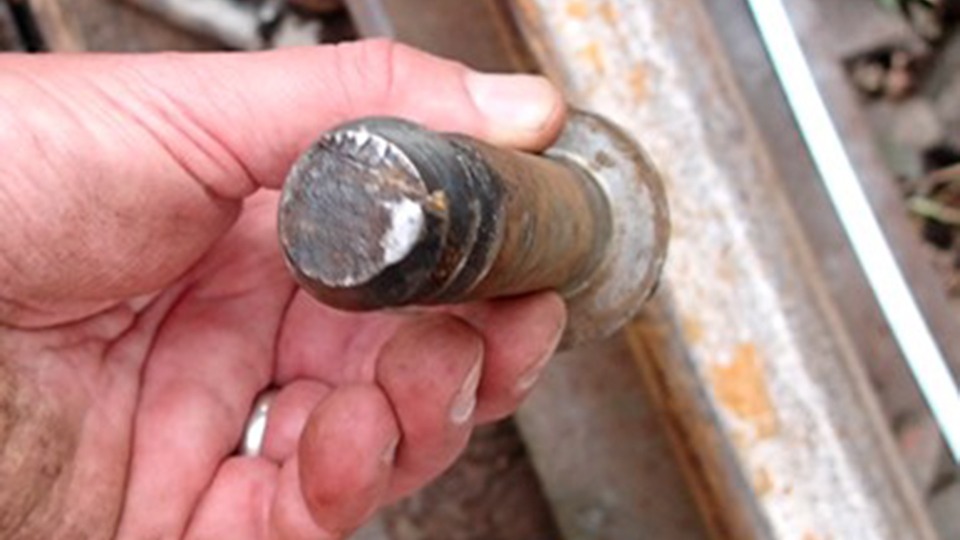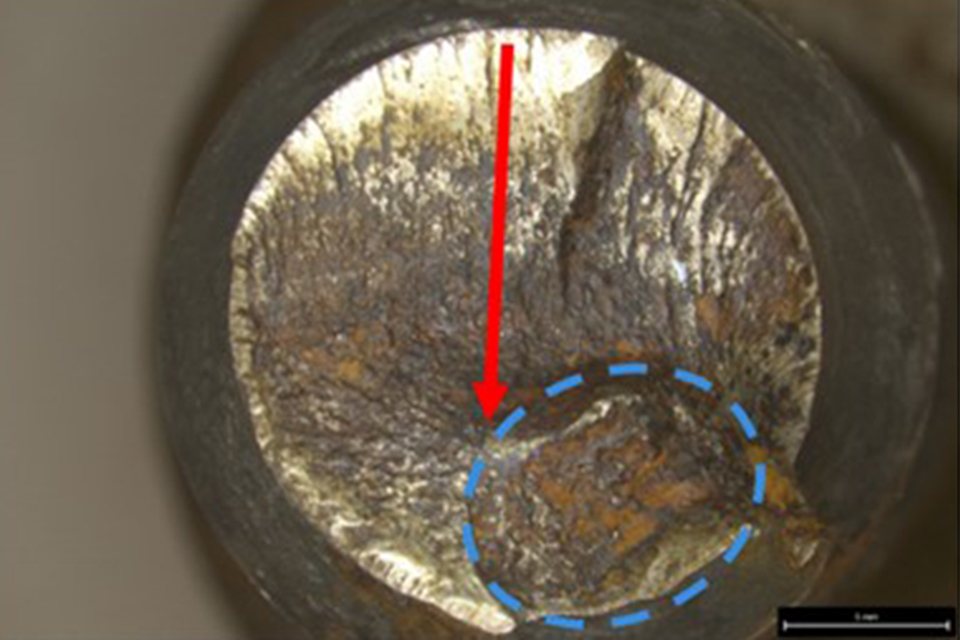
The Rail Accident Investigation Branch has issued urgent safety advice following a derailment appearing to have been caused by a loss of lateral track support in longitudinal timber systems.
A train comprising two class 66 locomotives and 24 wagons loaded with aggregate derailed on 6 September as it passed over a bridge in Audenshaw, Manchester.
The evidence available to RAIB’s investigators showed that the derailment was caused by gauge spread within the first half of the bridge, which transferred from a ballasted track to a longitudinal timber system as the train entered the bridge.
No injuries were caused by the accident. However, the derailment caused substantial damage to railway infrastructure and damaged some of the wagons.
Higher-risk factors
The rail accident watchdog recovered 13 failed LSA chair screws from the baseplates of the low-side rail. None of these screws were marked with ‘HT’ on their heads, which indicates that they were probably not made from high-tensile strength material.

RAIB has determined some characteristics which may indicate a higher potential risk of a loss of lateral support due to the failure of chair screws in this manner. These are:
- Longitudinal timber systems using hardwood timbers.
- The use of PAN M6 baseplates, or similar, with only two chair screws per plate.
- The presence of non-HT chair screws, which may be more susceptible to failure by fatigue (although breakages of the screws marked HT have been found on the high-side rail baseplates, these are yet to be fully examined).
- The quantity of packing present between baseplate and timber. This may exacerbate screw bending behaviour and subsequent fatigue failure.
- A history of local gauge widening under traffic over a short period of time. This may be below the values measured by either manual (static) and automated (dynamic) means which would trigger an intervention
- The presence of high gauge spreading forces applied to the rails due to track curvature, vehicle characteristics, or a transition from ballasted to longitudinal timber-supported track
- The degree of support available from, and fixity of the longitudinal timber system to, the structure
RAIB is asking Network Rail, infrastructure managers and those companies responsible for maintaining or inspecting longitudinal timber systems to take urgent steps to consider and mitigate this risk.











